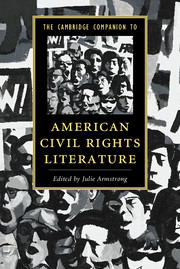Links to these and other works can also be found at the USFSP Nelson Poynter Library Website
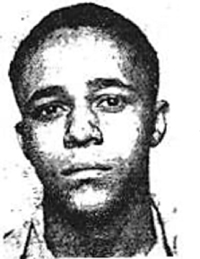
“’How my heart grows weary’: Willie James Howard and the Suwannee River.”
The Journal of Florida Studies. Special Issue: The Florida Trail.
Editors: Thomas Hallock and Christopher Meindl. Vol. 1, Issue 9, 2021.
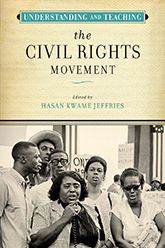
“Stay Woke: Teaching the Civil Rights Movement through Literature.” Understanding and Teaching the Civil Rights Movement. Ed. Hasan Kwame Jeffries. University of Wisconsin Press, 2019.

“One Hundred Years After Her Lynching, Mary Turner’s Memorial Remains a Battleground.”
Zócalo/Public Square. 15 May 2018.
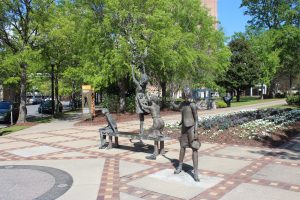
“40 Years Ago, An Alabama Jury Proved White Supremacists Could Be Brought to Justice.”
Narratively. 13 November 2017.
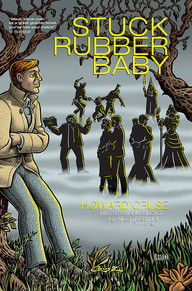
“Stuck Rubber Baby and the Intersections of Civil Rights Historical Memory.”
Redrawing the Historical Past: History, Memory, and Multiethnic Graphic Narrative.
Ed. Martha J. Cutter and Cathy J. Schlund-Vials. Univ. of Georgia Press, 2018.
“Civil Rights Words as Action: Then and Now.” Fifteen Eighty-Four. June 2015.
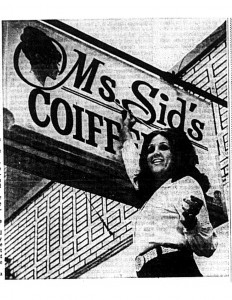
Transgender Warrior: The story of Birmingham’s Jody Suzanne Ford August 2, 2012
Jody Suzanne Ford, one of Birmingham’s first transsexuals, was shot to death in 1977.
Her story asks us to rethink current ideas of justice and civil rights.
“Mary Turner’s Blues.” African American Review 44.1-2 (Spring-Summer 2011): 201-220.
What drove Ralph Kabnis into the cellar? Mary Turner, the basis for Jean Toomer’s Mame Lamkins, was lynched near Valdosta, Georgia in May 1918 during a week-long spree of mob violence that claimed at least eleven African American lives. Mob members went after Turner when they heard that she planned to press charges against them for lynching her husband Hayes. Responses to her story, by Toomer and poet Honorée Fanonne Jeffers, provide a disruption to the conventional lynching narrative that we might describe as “Mary Turner’s Blues.”
This essay examines attempts to remember Turner by artist Freida High Tesfagiorgis, poet Honorée Fanonne Jeffers, and a local organization, the Mary Turner Project. These efforts demonstrate how Turner’s story leads artists, writers, and activists to new ways of thinking about gender, healing, and representation.
Artists and writers found that [the lynching of Mary] Turner disrupted the conventional lynching narrative and also undermined their own attempts to shape and make meaning from her tragic story. The mob murder of a pregnant woman and her near-term fetus lay beyond language, beyond sense.
